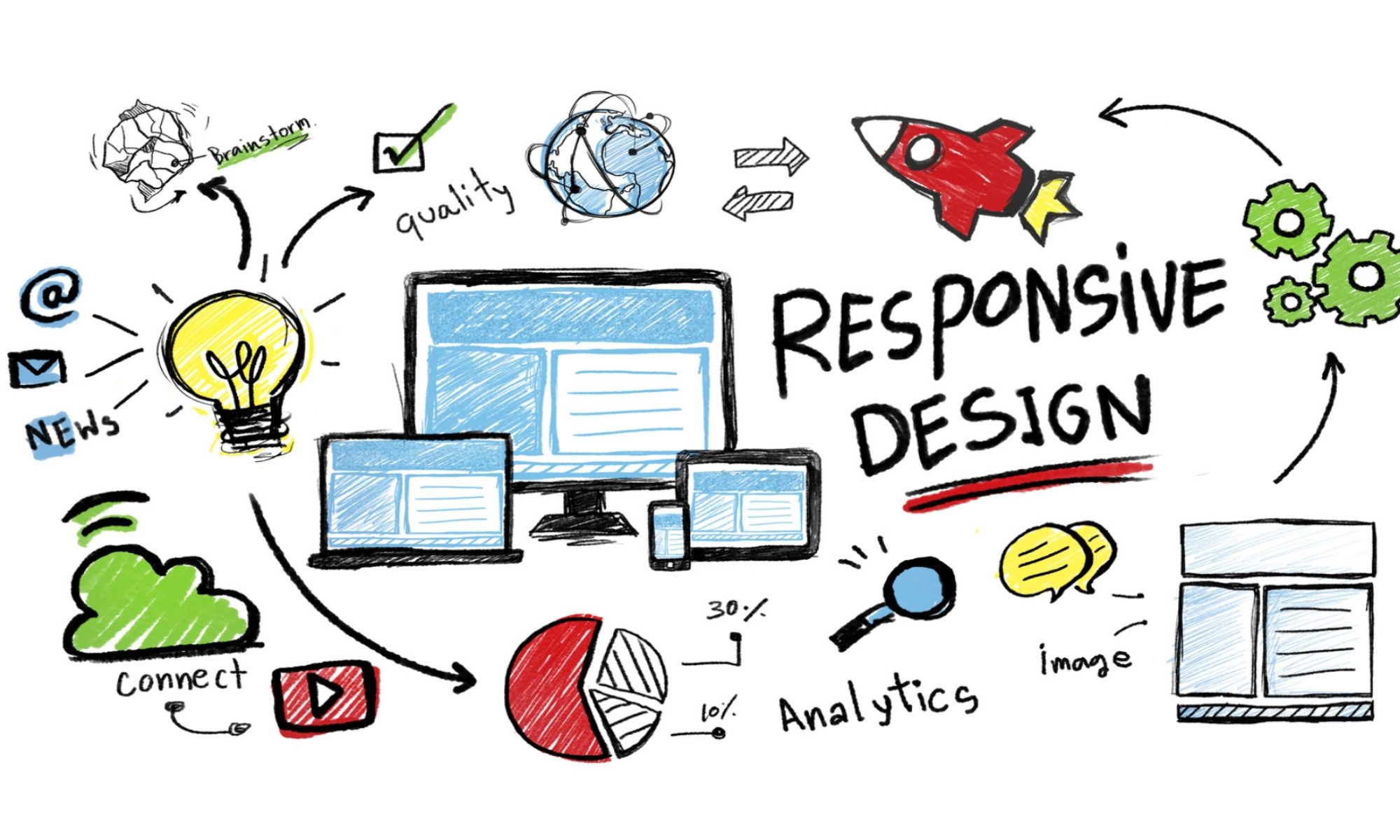How do we build and establish a successful design system? What about modern CSS and JavaScript? What’s the state of HTML Email? And what are new, smart design patterns we could use? What will it take us to move to TypeScript or Vue.js? With our line-up of online workshops, we try to answer these questions well.
Our workshops bring in knowledgeable, kind folks from the community to explore real-life solutions to real-life problems, live, with you. All sessions are broken down into 2.5h-segments across days, so you always have time to ask questions, share your screen and get immediate feedback.
 Meet Smashing Online Workshops: live, interactive sessions on frontend & UX.
Meet Smashing Online Workshops: live, interactive sessions on frontend & UX.
In fact, live discussions and interactive exercises are at the very heart of every workshop, with group work, homework, reviews and live interaction with people around the world. Plus, you get all video recordings of all sessions, so you can re-watch at any time, in your comfy chair in familiar comfort of your workspace.
Upcoming Workshops (July-October 2021)
No pre-recorded sessions, no big picture talks. Our workshops take place live and span multiple days. They are split into 2.5h-sessions, plus you’ll get all workshop video recordings, slides and a friendly Q&A in every session.
Pssst! We also have friendly bundles for larger teams and agencies. 🎁
Workshops in July–August
- Creating & Maintaining Successful Design Systems Dev
with Brad Frost. June 29 – July 13. - Level-Up With Modern CSS Dev
with Stephanie Eckles. July 8–22. - Designing Websites That Convert UX
with Paul Boag. July 22–30. - The TypeScript Masterclass Dev
with Stefan Baumgartner. August 5–19. - Designing The Perfect Navigation UX
with Vitaly Friedman. August 26–27.
Workshops in September–October
- Vue.js: The Practical Guide Dev
with Natalia Tepluhina. September 14–28. - Building Modern HTML Emails Dev
with Rémi Parmentier. September 16–24. - Architecting Design Systems Workflow
with Nathan Curtis. September 2–10. - Accessible Front-End Patterns Masterclass Dev
with Carie Fisher. Sept. 30 – Oct. 14. - Designing Landing Pages That Sell UX
with Rob Hope. Oct. 5–19.
What Are Online Workshops Like?
Do you experience Zoom fatigue as well? After all, who really wants to spend more time in front of their screen? That’s exactly why we’ve designed the online workshop experience from scratch, accounting for the time needed to take in all the content, understand it and have enough time to ask just the right questions.
 In our workshops, everybody is just a slightly blurry rectangle on the screen; everybody is equal, and invited to participate.
In our workshops, everybody is just a slightly blurry rectangle on the screen; everybody is equal, and invited to participate.
Our online workshops take place live and span multiple days across weeks. They are split into 2.5h-sessions, and in every session there is always enough time to bring up your questions or just get a cup of tea. We don’t rush through the content, but instead try to create a welcoming, friendly and inclusive environment for everyone to have time to think, discuss and get feedback.
There are plenty of things to expect from a Smashing workshop, but the most important one is focus on practical examples and techniques. The workshops aren’t talks; they are interactive, with live conversations with attendees, sometimes with challenges, homework and team work.
Of course, you get all workshop materials and video recordings as well, so if you miss a session you can re-watch it the same day.
TL;DR
- Workshops span multiple days, split in 2.5h-sessions.
- Enough time for live Q&A every day.
- Dozens of practical examples and techniques.
- You’ll get all workshop materials & recordings.
- All workshops are focused on frontend & UX.
- Get a workshop bundle and save $250 off the price.
Thank You!
We hope that the insights from the workshops will help you improve your skills and the quality of your work. A sincere thank you for your kind, ongoing support and generosity — for being smashing, now and ever. We’d be honored to welcome you.

